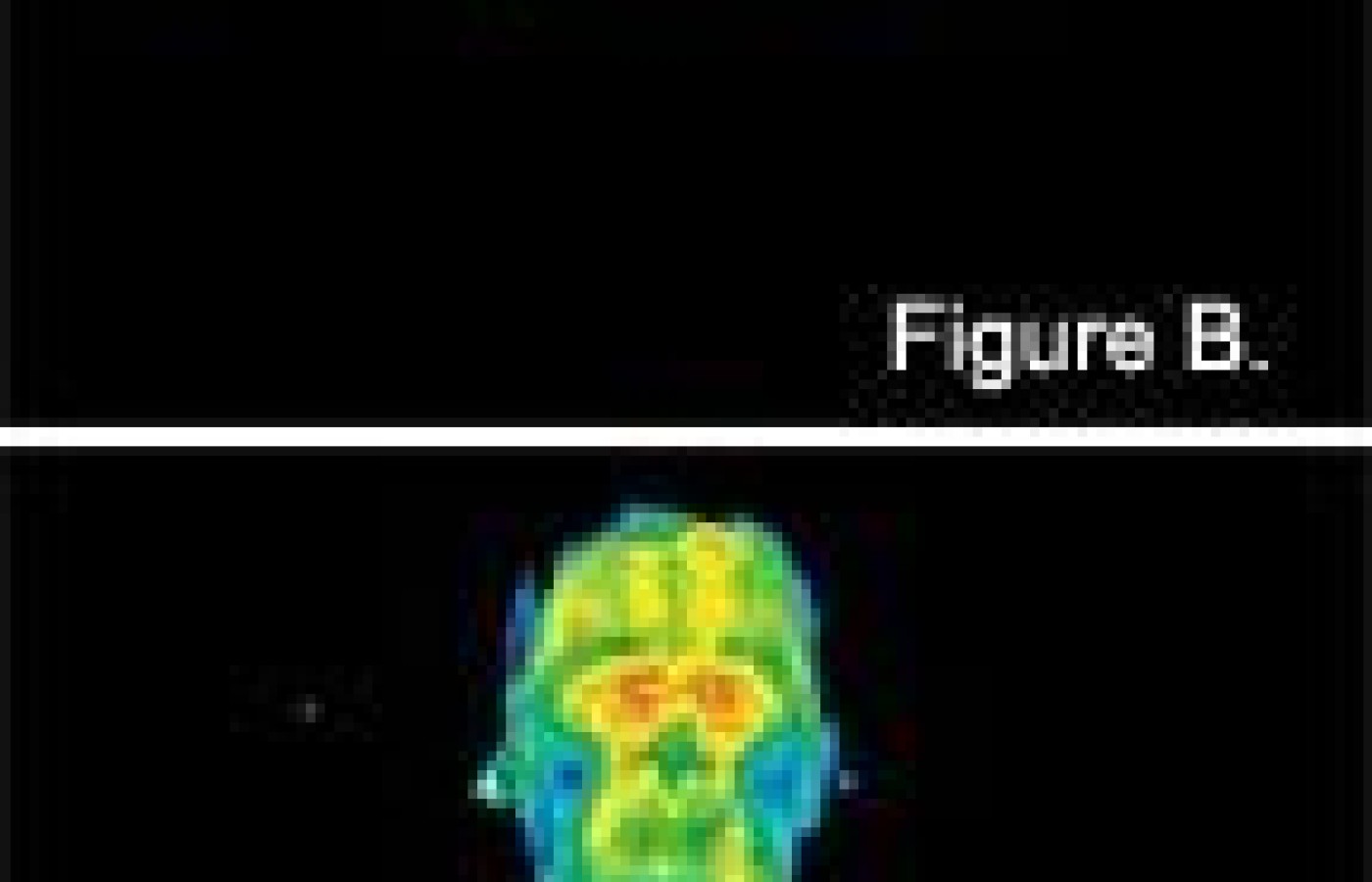Whether you accept it, avoid it or live somewhere in between, insurance coverage has become a defining issue for our profession. Patients increasingly expect to use their benefits, practitioners want to be compensated fairly for their time and expertise, and the system itself remains – at best – fragmented. The encouraging news is that coverage has expanded in meaningful ways. The challenging news is that reimbursement, across the board, remains inadequate.
What Are Acupoints? Can We See Them?
Let's answer the first question -- what are acupoints? - with a simple analogy: Acupoints are like wells that connect water from underground waterways to the earth's surface. The wells conduct electricity better, because water conducts electricity better. Wells are places where materials can sink into the ground easily. The temperature of water in the wells reflects the temperature of the ground directly below, or from distant places connected by underground waterways.

The author's hypothesis is that the water in meridians is actually comprised of stable water clusters (see the February 2004 issue.) Underground waterways are like meridians. Water flows between soil particles, as qi flows between cells of ordinary connective tissues inside the human body.
The above simple analogy is supported by hard data that has been accumulated over the past 15 years, from scientific studies of acupoints.*
- In rats, the resistance on two major meridians - 14 Ren acupoints and 17 Du acupoints - is in the range of 179.4+/-41.2 K ohm and 152.5+/-32.2 K ohm, respectively. Most other non-acupoints have resistance greater than 420 K ohm: about three times as much.
- The approximate size of an acupoint is 350 microns for rats and 450 microns for humans.
- Absorption of radioisotopes via acupoint KI 3 was better than that via non-acupoints, evidenced by higher peak activity and greater absorption rate.
- From the technique of magnetic resonance imaging on 73 acupoints on the human body, coupled with CT scan and a Hi-scope video microscope system, it was found that an acupoint is a complex system, comprised mainly of connective tissue, interwoven with the blood capillaries, nerves, lymph vessels, etc. Elements such as Ca (calcium); P (phosphorus); K (potassium); Fe (iron); Zn (zinc); Mn (manganese); etc. are found concentrated in the deep connective tissue structures in locations corresponding to acupoints.
- In humans, by twisting an acupuncture needle at acupoints BL 23, 24 and 25 to induce qi, it was found that transparent materials bound to the needle. Electron-microscope analysis revealed that the transparent materials were made up of collagen fibers, elastic fibers, fibroblasts, adiposities and mast cells. Rarely were nerve-fiber-like structures observed. Nevertheless, calcitonin gene-related peptide-positive nerve fibers could be demonstrated in the acupoint BL 24-associated fascia.
- In rats, the number of mast cells in all of the acupoints studied was higher than that in the non-acupoint areas.
- Dr. Charles Shang has advocated a theory for the development of acupoints as originating from local organizing centers. In the evolution of higher forms of life, single-cell organisms became multicellular organisms. When many cells came into being, an organizing center naturally evolved. These are called local organizing centers. They have higher conductivity and a higher density of gap junctions, which facilitate intercellular communication. This should also happen when a fertilized egg evolves into a baby inside the womb.
There are current theories that suggest acupuncture works through the nervous system, and that meridians do not exist. The author does not subscribe to this view. As the study above shows, there are many acupoints that have very few nerves. Meridians and acupoints, being the earliest evolved and also the most fundamental system, will definitely utilize the later evolved systems, such as the nervous system, immune system, etc., to accomplish the task of coordinating the whole body. If we focus on only one system, such as the nervous system, how can the body coordinate parts that do not have nerves?

As to the question of whether we can see acupoints, the answer is, "Yes." When people are not well, it is shown that some of their acupoints have either a higher or lower temperature than surrounding skin, as shown to the left and below.
The pictures to the left were taken on February 16 (a), 20 (b), 21(c) and 23(d) of the same person. The general patterns for different days were similar, especially the elevated temperature of the acupoint BL 1, shown in white.
The interpretation of the higher temperature may be due to a local or distant effect. The local source would indicate something afflicting the eyes. Elevated temperature of BL 1 may also indicate problems with distant organs, through the transmission of infrared through the meridians. The color code is white for hottest, followed by red, yellow, green and blue, with black representing the coldest temperature.
The pictures to the right were taken on February 16 (a), 20 (b), 21 (c) and 23 (d) of the same person. The general patterns were similar, especially the lower temperature at acupoint DU 14, shown in green above. The interpretation of the lower temperature may be local or distant. From data from many patients, this seems to indicate a positive correlation of lower temperature at DU14 with weakness of the immune system.
* Much greater detail, references, and more sophisticated theoretical explanations of this subject can be found in the author's recent book, The Biophysics Basis for Acupuncture and Health, which can be ordered online at www.booksurge.com/author.php3?affiliateID=A000465&accountID=LOPB00004.



